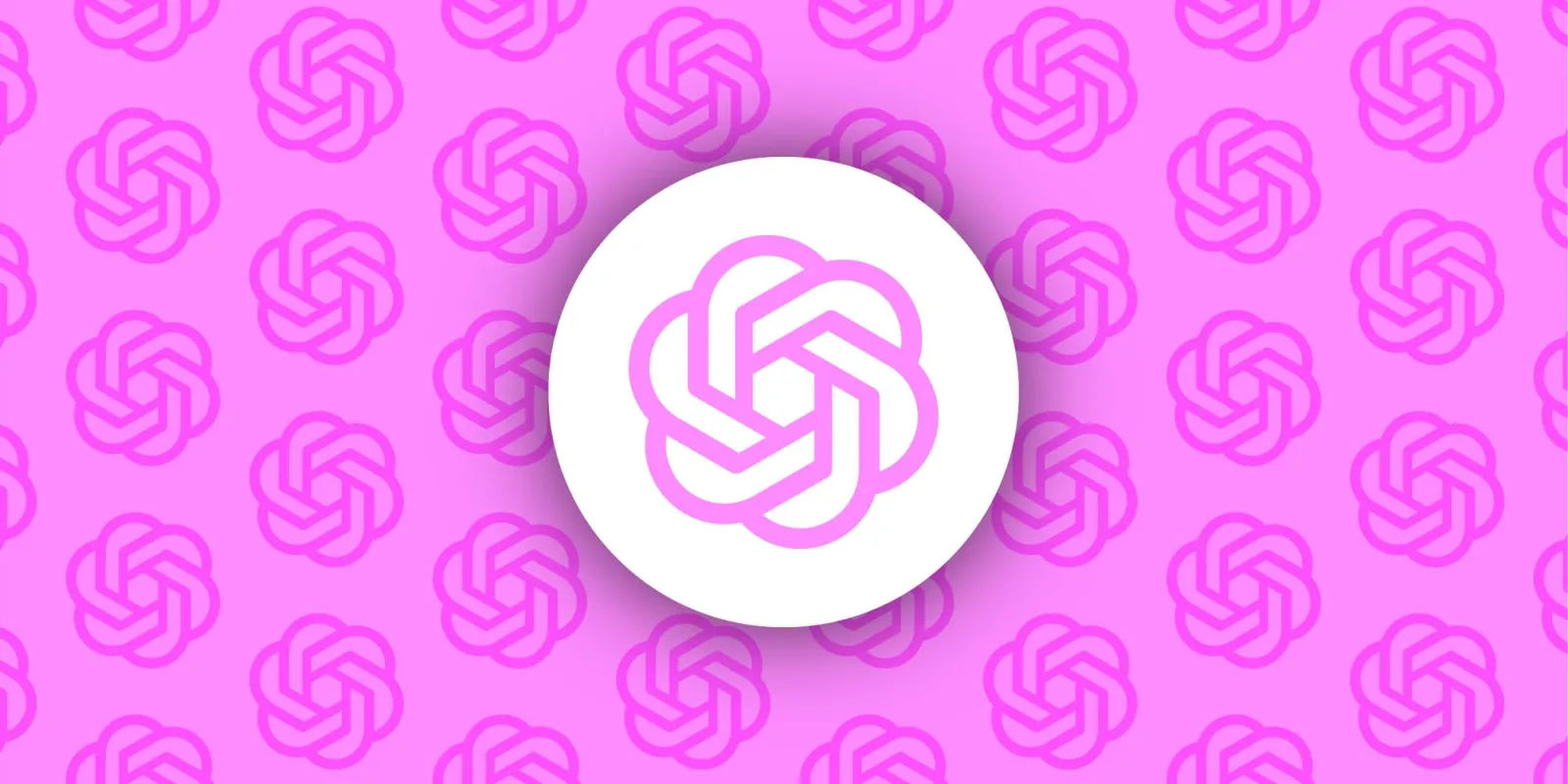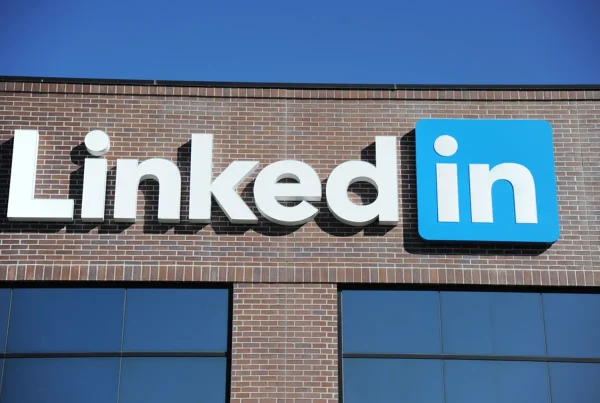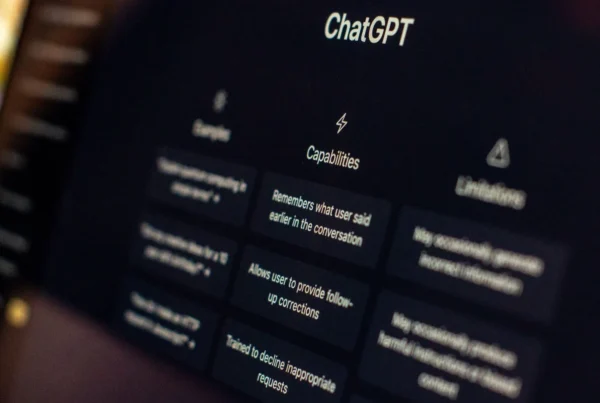
OpenAI’s latest AI model, ChatGPT-4o, comes with a powerful new image generator that’s raising eyebrows—not just for its creativity but for its ability to generate surprisingly realistic text within images. While this feature has exciting potential for design, marketing, and education, it also introduces concerns about misuse, particularly in generating fake receipts.
A New Tool for Fraudsters?
Social media users have already begun testing the feature, and some are using it to create fraudulent restaurant receipts. Venture capitalist Deedy Das shared an AI-generated receipt on X (formerly Twitter) that mimicked a real San Francisco steakhouse’s bill. Other users followed suit, pushing the limits of what AI can fabricate.
One user even added food stains to make the receipt appear more authentic, demonstrating how easily AI-generated documents can blend into real-world scenarios.
Wp-dd.com’s Experiment: Can ChatGPT Really Fake Receipts?
Wp-dd.com put ChatGPT-4o to the test by generating a fake receipt for an Applebee’s in San Francisco. While the result was convincing at first glance, some telltale mistakes revealed its artificial origins:
– Formatting errors – The total used a comma instead of a period, which is uncommon in U.S. receipts.
– Incorrect calculations – The numbers didn’t add up, a common issue with AI language models struggling with math.
Though these mistakes make AI-generated receipts easy to spot for now, fraudsters could easily correct them with basic photo editing software or more refined AI prompts.
The Risks of AI-Generated Receipts
The ability to create realistic receipts in seconds could have significant implications. Fake receipts could be used to:
– Submit fraudulent expense reports to businesses and insurance companies.
– Manipulate return policies at retail stores.
– Fabricate financial records for tax purposes or loans.
This raises ethical and security concerns, as existing fraud detection systems often rely on document authenticity to verify claims.
OpenAI’s Response
OpenAI is aware of the risks and states that all AI-generated images include metadata indicating they were created by ChatGPT. According to OpenAI spokesperson Taya Christianson, the company takes action against users who violate its policies, which explicitly prohibit fraudulent activities.
When asked why ChatGPT allows the generation of fake receipts at all, Christianson explained that OpenAI’s goal is to provide creative freedom. She suggested that AI-generated receipts could have legitimate uses, such as teaching financial literacy or creating fictional marketing content.
What’s Next?
As AI technology evolves, so do the risks associated with it. While OpenAI is working to mitigate potential misuse, the responsibility also falls on consumers, businesses, and policymakers to develop safeguards against AI-driven fraud.
For now, AI-generated receipts might not be perfect, but they’re getting closer to fooling even the keenest eyes. Whether used for creative or deceptive purposes, this new capability highlights the growing need for digital literacy and fraud awareness in an AI-driven world.

ChatGPT’s New Image Generator Can Create Fake Receipts—Here’s Why That Matters




